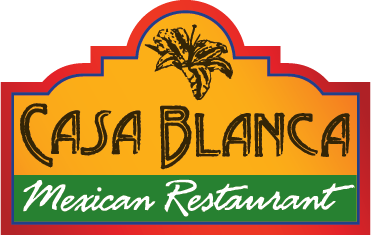Vanilla is one of the most popular flavors in the world, but do you know where it came from? Like many delicious foods that we love, vanilla comes from Mexico (along with another favorite, chocolate). Vanilla flavoring is incorporated in many foods eaten daily, making it a predominant part of worldly cuisine. From desserts to entrees, vanilla adds a sweetened touch that became highly desired globally once discovered. The following article from GourmetVanilla explains the origins of vanilla, and why we owe Mexico a debt of gratitude.
Origin of Vanilla
The Totonac people of the Vera Cruz region in Mexico were the first to cultivate the divine vanilla crop. The Aztec monarch, Itzcoatl, conquered the Totonacos in 1427 and immediately came to love the flavor and aroma of the Totonaco’s vanilla. The Aztecs called the prized spice “tlilxochitl “black flower”. They used it to flavor their famous chocolate drink, cacahuatl (chocolate water), made from cocoa beans, ground corn, ground vanilla beans, and honey. The Aztecs required that the Totonac people grow vanilla as a tribute to the Aztec king, Montezuma.
When Cortés came to Mexico from Spain, in 1519, he travelled through Vera Cruz where he became intrigued by vanilla. When Cortés arrived in Mexico City, he was graciously greeted by Montezuma who thought Cortés was “Quetzalcóatl” a fair skinned god. Moctezuma served Cortés chocolatll in a golden goblet. Impressed with Moctezuma’s gold and riches, Cortés and his men later conspired to kill the Aztec king.
The Spanish named the exotic spice “vainilla” meaning “little scabbard” and took it back with them to Spain. Vanilla slowly became popular throughout all of Europe. The French took a particular liking to the flavour and began using it as an ingredient in pastries, cakes and beverages.
The French wanted to grow vanilla in their colonies where the climate was similar to that of Vera Cruz. They were able to grow healthy plants that blossomed, but were never able to get a bean from the plant. When the Totonacos heard this, they called it the “curse of Moctezuma”.
For 300 years Mexico maintained its monopoly of vanilla production despite constant efforts of Europeans to induce vanilla vines to bear beans elsewhere. As the flavour of the exotic beans became popular, collectors brought vanilla plants back for the Botanical Gardens of Europe. You can still see vanilla vines growing at the Royal Botanic Gardens at Kew.
It wasn’t until 1836 that Charles Morren, a French botanist, finally discovered the secret of growing vanilla. His careful examination of the anatomy of the flower led to his discovery of the difficulty of pollination. Pollination was then performed by hand. Knowledge of the artificial pollination spread to European nations who had colonized tropical regions with climates suitable for growing orchids. These areas began planting vanilla especially the French on the Island of Bourbon (Reunion) and the Dutch in the Dutch East Indies (Indonesia).
Today, vanilla is grown commercially in Madagascar, Indonesia, India, Uganda with some production in Mexico, Tonga, French Polynesia, Tahiti, Fiji, Costa Rica, and China.
Although vanilla isn’t primarily grown in Mexico today, we have them to thank for discovering the vanilla plant that has gained global admiration. Although vanilla is used in many dishes, it reigns prominent in a wide array of desserts. Casa Blanca Mexican Restaurants in Massachusetts have an assortment of delicious Mexican desserts, just waiting for you try. Mexican desserts made with vanilla is a flavor too good to pass up! Feel free to contact us if you have any questions about your desserts at Casa Blanca!

